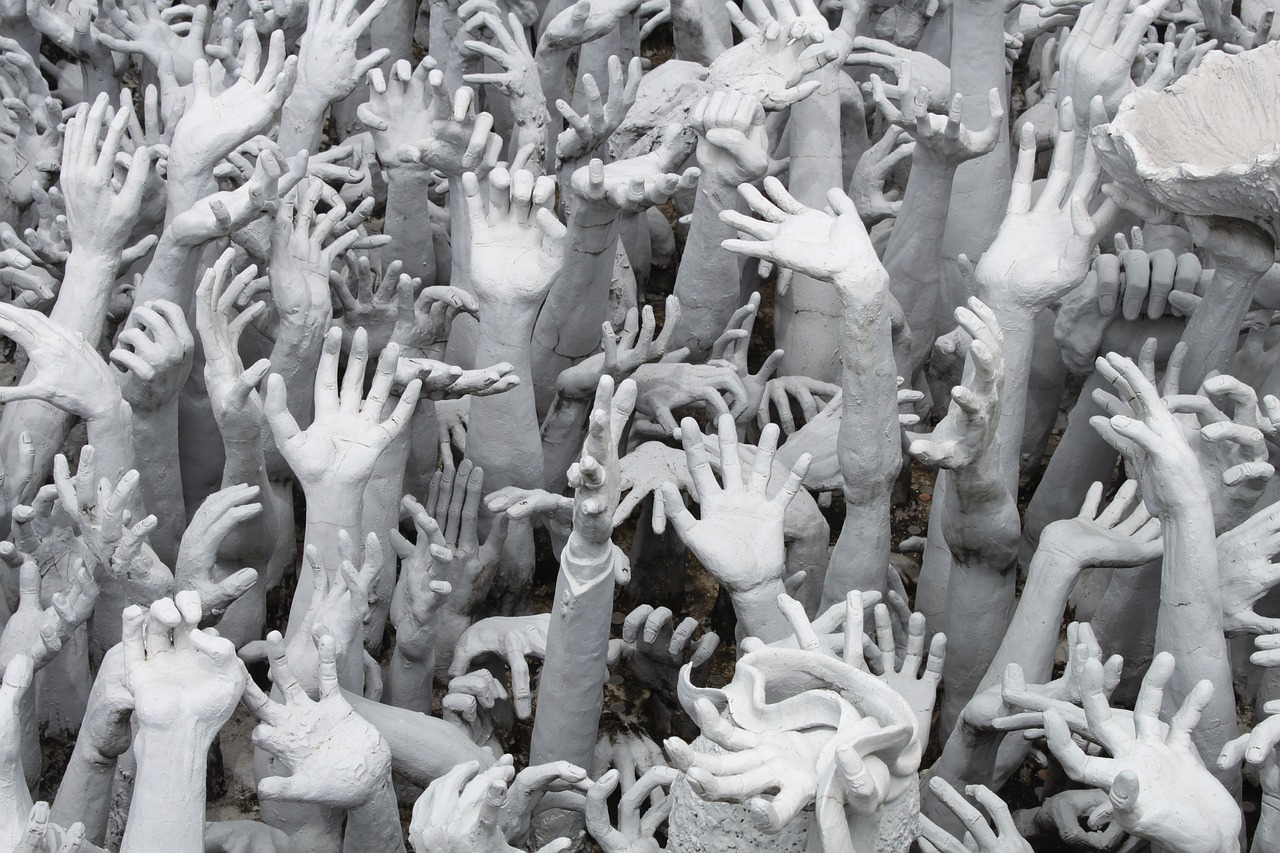
The Darién Gap, a dense and treacherous stretch of jungle connecting South and Central America, has become a critical node in the migration routes for thousands of individuals seeking refuge and better opportunities in North America. This region, infamous for its perilous conditions and lack of infrastructure, has become the focus of a growing humanitarian crisis.
The Darién Gap lies at the juncture of Colombia and Panama, acting as a natural barrier between South and Central America. It is one of the most dangerous migration routes in the world, characterized by its dense jungle, rivers, and wildlife. Despite the risks, the Darién has seen an unprecedented surge in migrant flows in recent years, with almost 250,000 attempting the crossing in 2022 rising to more than 300,000 in 2024. This increase is driven by a confluence of factors, including economic hardship, political instability, violence, and the hope of reaching North America. This influx has become more frantic than ever in recent months, with Donald Trump claiming he will clamp down on migration once he is in office.
Migrants traversing the Darién come from a multitude of origins, Venezuelans fleeing economic collapse, Haitians escaping political turmoil, and individuals from as far as Africa and Asia seeking a new life among the 70 nationalities identified by the Panamanian government last year. This growing influx has strained the resources of local authorities, international aid organizations, and transit countries, creating a complex and multifaceted crisis.
It is important not to forget the human face of this issue. One in five of those traveling are children. Many of these have no choice to go, and some will be left along the way.
The Darién jungle is notorious for its lethal dangers. Migrants face threats from venomous animals, rapid rivers, and extreme weather conditions. Many are unprepared for the gruelling journey, leading to injuries, illnesses, and fatalities. Reports of deaths due to drowning, exhaustion, and violence are common, underscoring the perilous nature of the route. The Panamanian government reported 55 migrants dying in the pass last year, while attempting to reach the USA, although the real figure is likely much higher. Human traffickers and criminal organizations prey on vulnerable migrants attempting to cross the Darién. Smugglers charge exorbitant fees, often abandoning migrants mid-route or subjecting them to physical and sexual abuse. Women and children are particularly vulnerable as exploitation and gender-based violence at the hands of criminal gangs is commonplace.
The makeshift camps and transit centres in Panama are overwhelmed by the sheer volume of migrants. These facilities often lack adequate sanitation, medical care, and food supplies, leading to deteriorating health conditions. The spread of infectious diseases, such as malaria and gastrointestinal infections, further exacerbates the humanitarian crisis. The large-scale movement of people through the Darién has also resulted in significant environmental harm. Migrants cut through the dense jungle, leaving behind trails of waste and destruction. This not only threatens the fragile ecosystem but also poses long-term challenges for conservation efforts in the region.
The migration crisis has strained relations between Colombia and Panama, as well as between transit and destination countries further north. Disagreements over border management and responsibilities have hindered effective collaboration. This lack of coordination exacerbates the challenges faced by migrants and local communities. Communities near the Darién Gap bear the brunt of the crisis. Residents face increased competition for resources and services, such as healthcare and education. Additionally, the presence of criminal groups has heightened insecurity, further destabilizing these areas, perpetuating the crisis in the local area.
The migration flows through the Darién have facilitated the activities of transnational criminal networks. These groups profit from human trafficking, drug smuggling, and other illicit activities, undermining regional security and governance.
The crisis in the Darién Gap highlights broader trends in global migration and displacement. It serves as a microcosm of the challenges posed by economic inequality, political instability, and climate change—issues that transcend national borders. Environmental factors play a significant role in driving migration through the Darién more now than ever. Rising temperatures, extreme weather events, and agricultural decline in migrants’ home countries have forced many to seek livelihoods elsewhere. Addressing climate change is therefore integral to mitigating future migration crises. The international community has struggled to mount a cohesive response to the Darién crisis. Existing frameworks for refugee protection and migration governance often fall short in addressing the unique challenges posed by mixed migration flows. The absence of robust burden-sharing mechanisms has left frontline countries to shoulder a disproportionate share of the responsibility. This is only exacerbated in the face of politicians use of migration as a political issue, and the worsening public perception of people giving up everything in their life in hope of a better future. In fact, the rhetoric of the President elect has been linked to the recent increase in attempted crossings, migrants hoping to get to the border before harsher new policies come into force.
Migrants in the Darién face widespread human rights abuses, from denial of asylum to arbitrary detention and violence. These violations underscore the need for stronger international accountability and adherence to human rights standards. Effective management of the Darién crisis requires coordinated regional efforts. Countries in the Americas must work together to improve border security, streamline migration processes, and ensure safe and legal pathways for migrants. Establishing a regional framework for migration management could facilitate more equitable burden-sharing and enhance collective resilience.
Immediate humanitarian assistance is critical to addressing the dire conditions in the Darién, in a time when foreign aid budgets are being slashed, high income countries and international organizations should rather be increasing funding for food, medical care, shelter, and sanitation facilities. Mobile clinics and rapid response teams could provide much-needed support in remote areas, where already vulnerable elements of society are being exposed to myriad of dangers daily. However, long-term solutions are essential and must focus on tackling the root causes of migration. This includes fostering economic development, political stability, and climate resilience in migrants’ countries of origin. Investments in education, healthcare, and infrastructure can create conditions that reduce the need for people to migrate.
This is something that needs to be addressed. It is not as simple as saying we need to stop migration, and it is time to stop demonising immigrants. It is very easy to point to an influx of people and complain, or feel pity for their trials. It is time to look beyond the result and begin to think about the root causes of this. The announcement of a set of legislation for sanctions intended to be imposed on criminal organisations involved in the illegal movement of people. This is a step in the right direction, but it waits to be seen if other nations will follow suit.
While the challenges are immense, they are not insurmountable. By prioritizing solidarity and shared responsibility, the international community can help alleviate the suffering of migrants and create pathways to a more just and sustainable future. The plight of those traversing the Darién Gap demands our attention and action, not just as a regional issue, but as a test of our collective humanity.
Image: Hands, 2017//CC-BY-SA-4.0



Average Rating